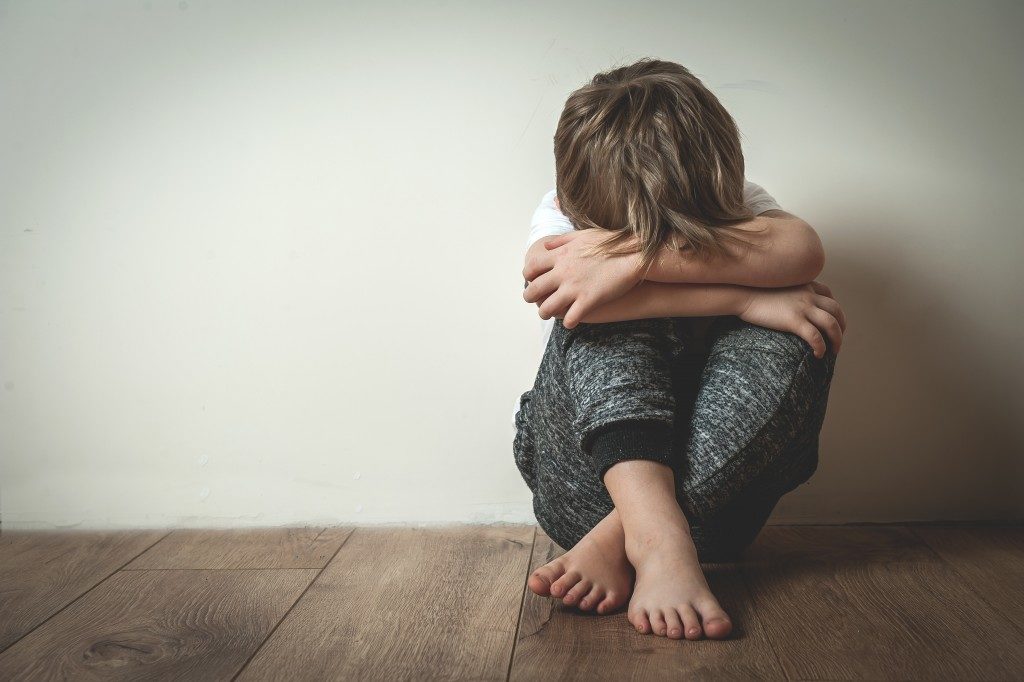ADHD, attention deficit hyperactivity disorder, affects more than 10% of school-age kids according to the Centers for Disease Control and Prevention (CDC). And while it’s more commonly diagnosed in boys, research found that it might actually be underdiagnosed or under-identified in girls.
ADHD, also known as ADD, is basically a chronic condition marked by hyperactivity and inattention, and impulsive behavior. It is typically diagnosed during childhood, but its symptoms could continue all throughout the teenage years and well into adulthood.
With the right treatment, individuals with ADHD could live highly productive and successful lives, notes a prominent pediatric therapist in Utah specializing in providing help for kids with ADD and other behavior disorders.
Types of Attention Deficit Hyperactivity Disorder
ADHD comes in three basic presentations or forms, which include the following:
Predominantly Hyperactive-Impulsive
Kids with this form of ADHD struggle most with impulsiveness and hyperactivity, but they might likewise exhibit inattentiveness. Impulsiveness involves making crucial decisions and acting on those decisions without thinking things through, particularly when those impulsive acts might be detrimental and lead to long-lasting effects.
A craving for instant gratification also characterizes it. Hyperactivity involves excessive and constant movement, talking, and fidgeting. In social settings, a child with ADHD might also talk over other people and be quick to anger, impatience, and frustration.
Predominantly Inattentive
 Children in this ADHD category primarily display symptoms of inattentiveness, but might also have issues with impulsiveness and hyperactivity. This kind of ADHD used to be known as ADD. Inattentiveness is essentially marked by lack of concentration and focus, being disorganized, and distractedness.
Children in this ADHD category primarily display symptoms of inattentiveness, but might also have issues with impulsiveness and hyperactivity. This kind of ADHD used to be known as ADD. Inattentiveness is essentially marked by lack of concentration and focus, being disorganized, and distractedness.
Combined Inattentive and Hyperactive-Impulsive
Kids in this ADHD category exhibit symptoms of inattentiveness, impulsiveness, and hyperactivity. A majority of kids suffer from this specific type of ADHD, with the most common symptom manifesting in school-age kids being hyperactivity. Hyperactive kids tend to have difficulty staying still, constantly fidget and squirm, and talk excessively. Impulsivity symptoms usually include difficulty taking turns, disruptiveness, and impatience.
Inattentiveness typically involves difficulty concentrating, being forgetful, trouble following even simple instructions, and daydreaming. Kids with combined ADHD usually display symptoms that lead to trouble in their school and home life that parents, caregivers, and educators usually mistake their symptoms for behavioral or emotional issues.
Treating Attention Deficit Hyperactivity Disorder
While there’s still no known cure for ADHD, proper treatment strategies can help in controlling many of its symptoms. Common treatments include behavioral therapy, medications, and specific lifestyle changes.
For kids younger than six years old, the American Academy of Pediatrics (AAP) recommends behavioral strategies for developing and improving social skills and behaviors first prior to trying any medication. It’s best that family members and caregivers participate in the kid’s therapy sessions so that they could learn how to better deal with the kid in difficult situations.
In most cases, medication is only prescribed for kids six years old and above as ADHD medication include non-stimulants, stimulants, and antidepressants in some cases. In addition, lifestyle changes can help create a more suitable environment for your kids with ADHD.
Essentially, these changes include manageable daily schedules and routines, physical reminders of things that need to be done, reorganizing the home, and getting rid of distractions.

